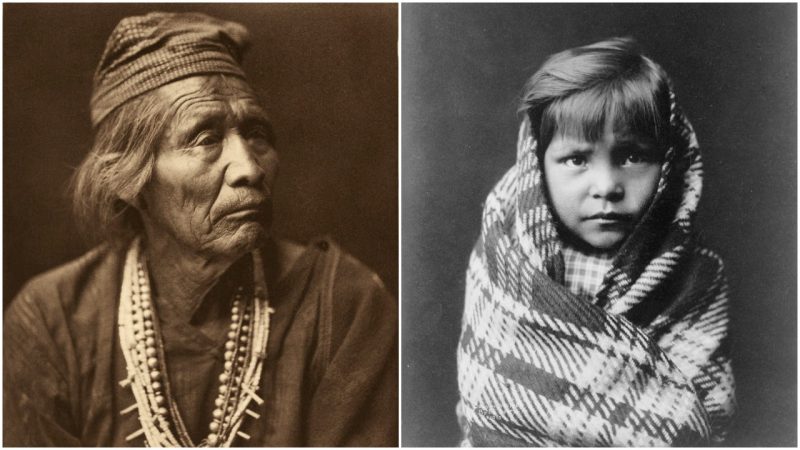The Navajo Nation is today recognized as the second largest Native American tribe in the United States. Some 1,000 years ago, their ancestors, along with those of the Colorado River tribes and the Apache, are believed to have migrated to the Southwest from western Canada and eastern Alaska.
Navajo peoples are known for their artistic skills, particularly in basketry, blanket weaving, pottery, jewelry, and sand painting.
The Navajo played an important role in World War Two, when at one point the Navajo language was used as a secret code. The Navajo Code Talkers were famously employed to relay radio messages in their own complex language, which the Japanese were unable to decipher.
The first Navajo land in New Mexico was called Dine’tah. Here the hunter-gatherer bands encountered the Pueblo Indian tribes, from whom they learned to farm. Corn and beans became staple crops, as did squash, which had multiple purposes aside from food. Navajo culture soon spread throughout the states that later made up the Four Corners: Arizona, Colorado, New Mexico, and Utah.
Clothing was normally made from deerskin and yucca plants. Women would opt for skirts and men for breech cloths. Similarly to other Native American tribes, leather moccasins were a popular choice of footwear.
Dramatic change came with the arrival of the first Europeans, more precisely the Spaniards during the 17th century. The Navajo absorbed the Spaniards’ ability to ride horses and soon excelled them in horsemanship skills. Some groups also started to keep sheep and goats. They began to spin the wool to make blankets and clothing, and this also became a source of artistic expression.
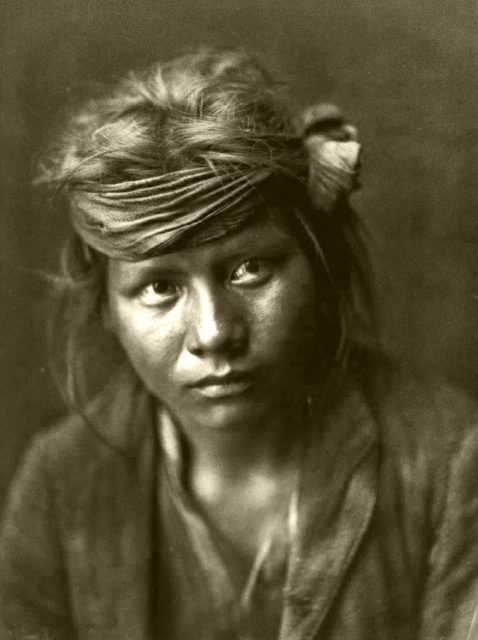
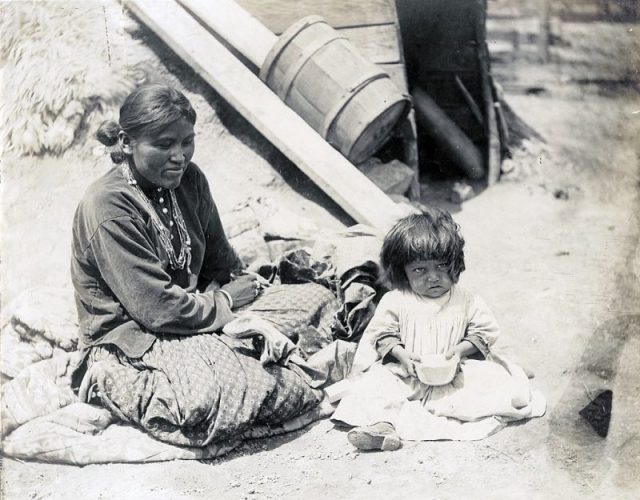
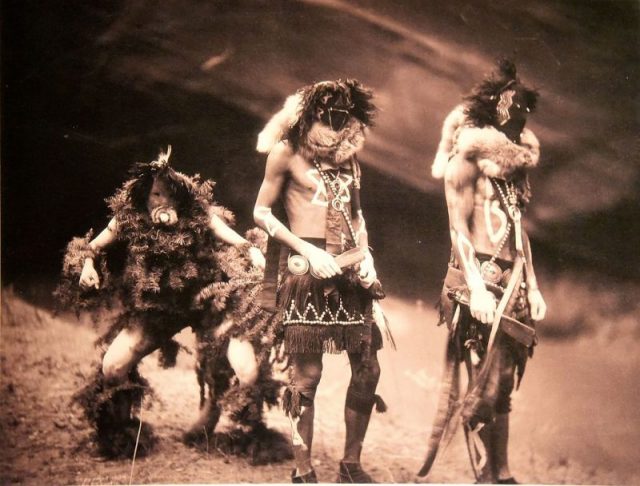
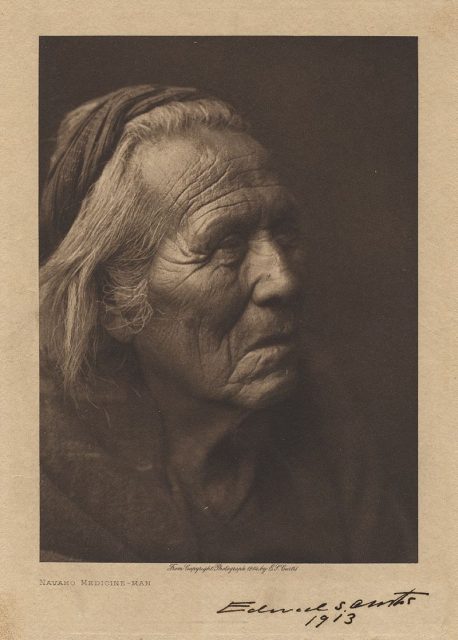
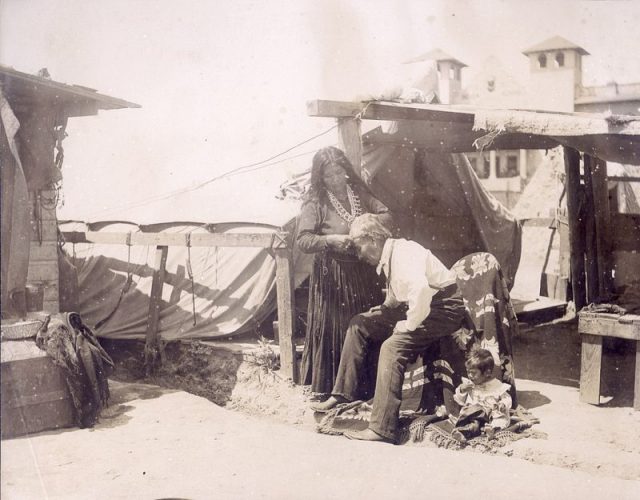
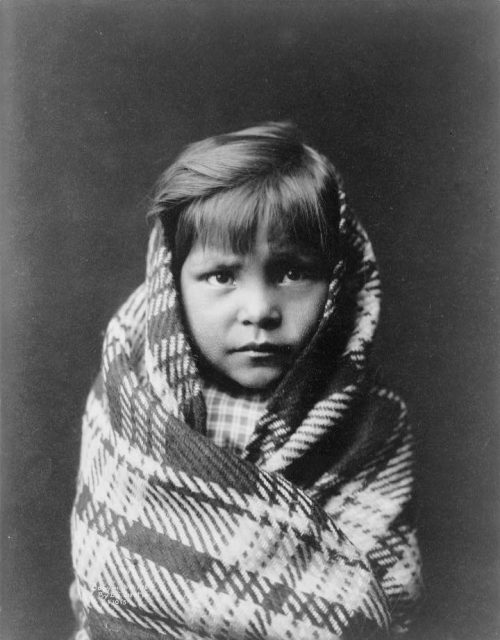
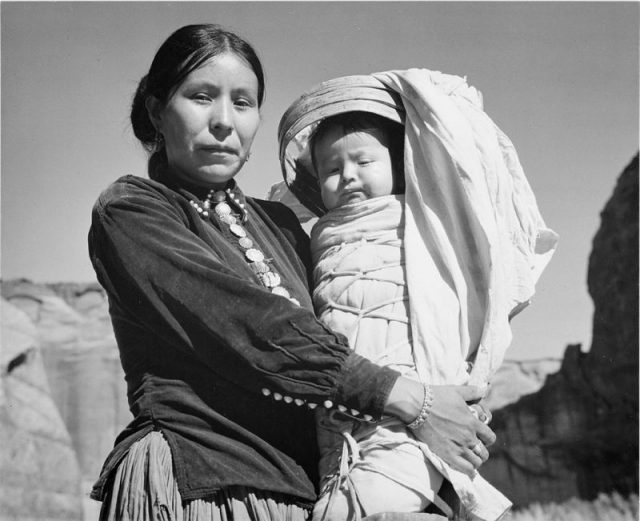
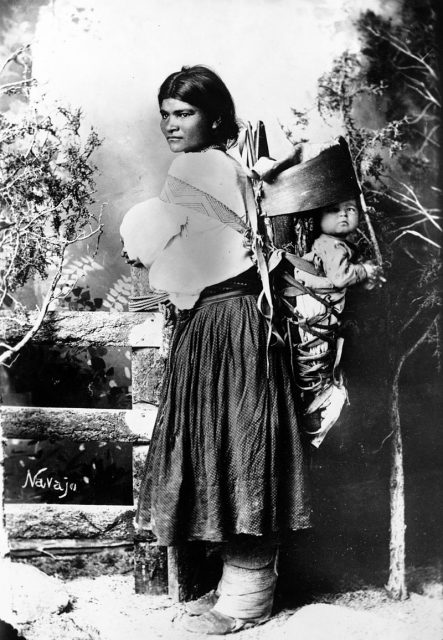
Strange and mysterious Islands from around the world.
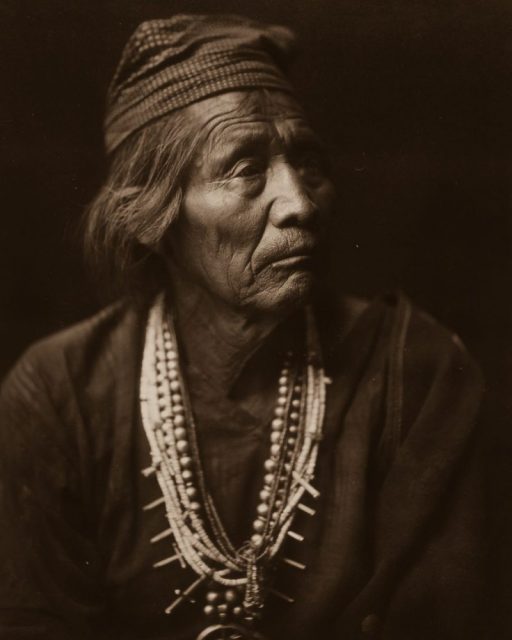
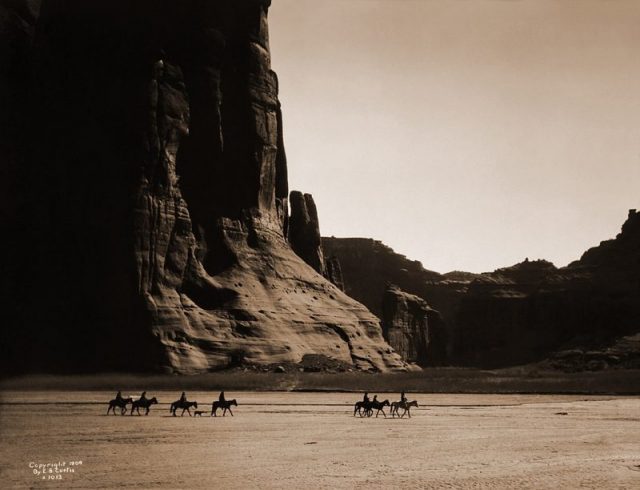
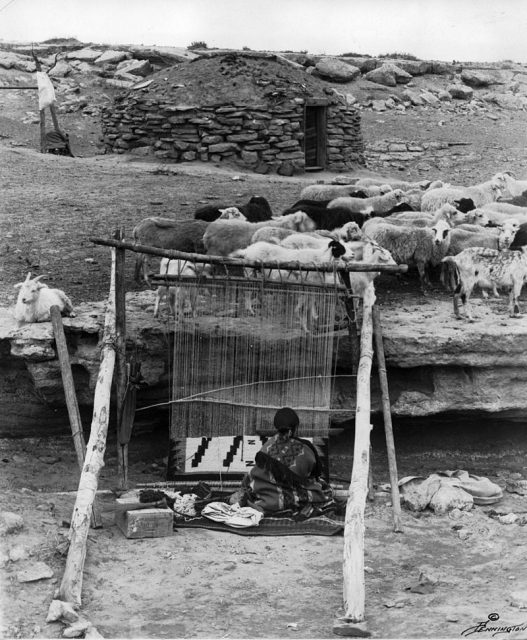
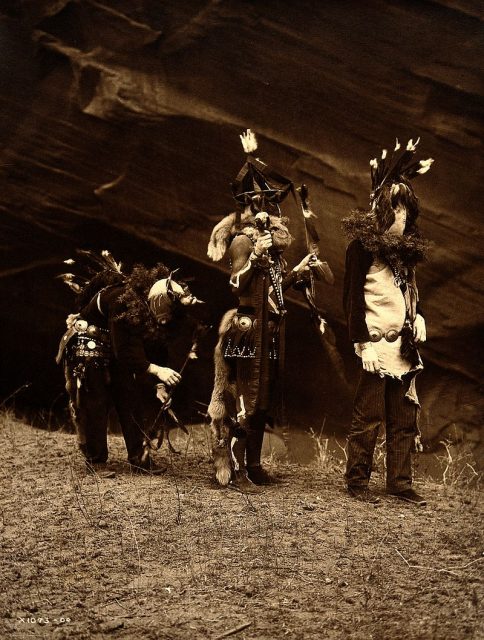
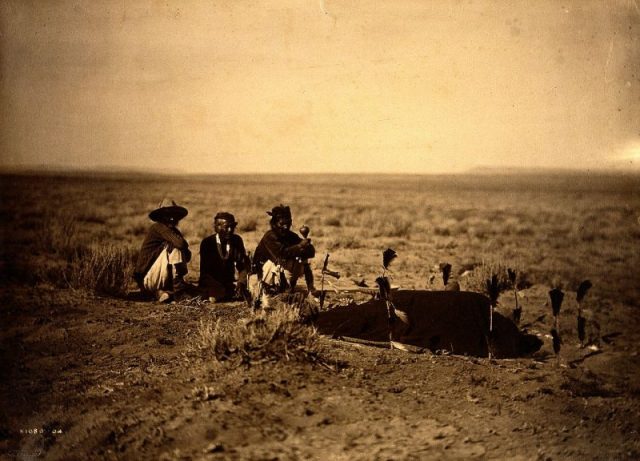
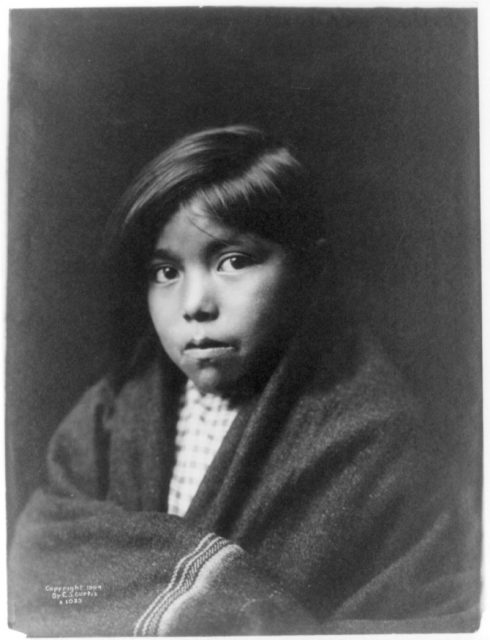
Mysterious Ancient Societies That Disappeared into the history books.
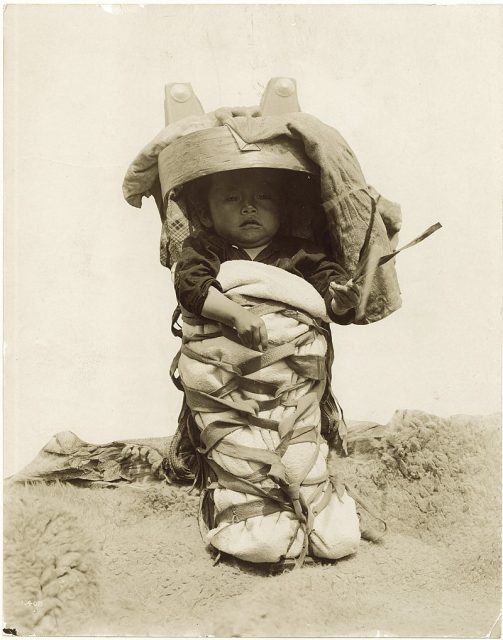
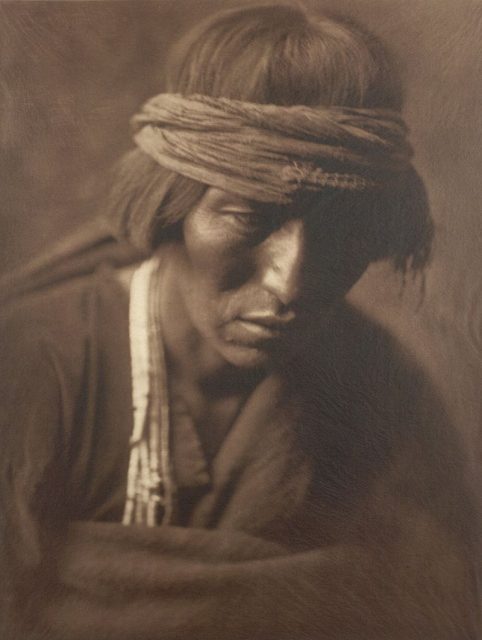
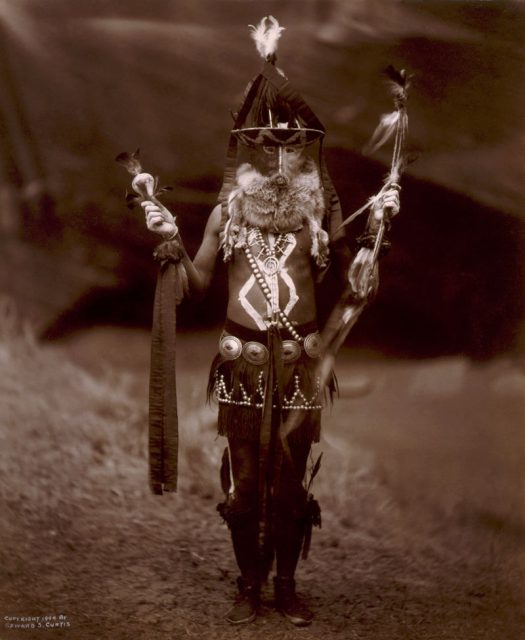
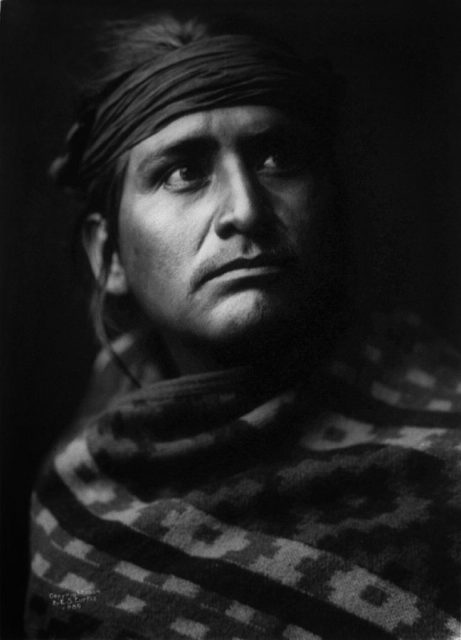
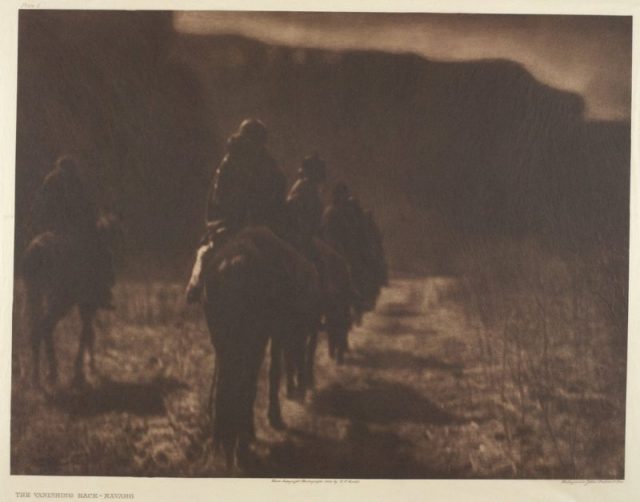
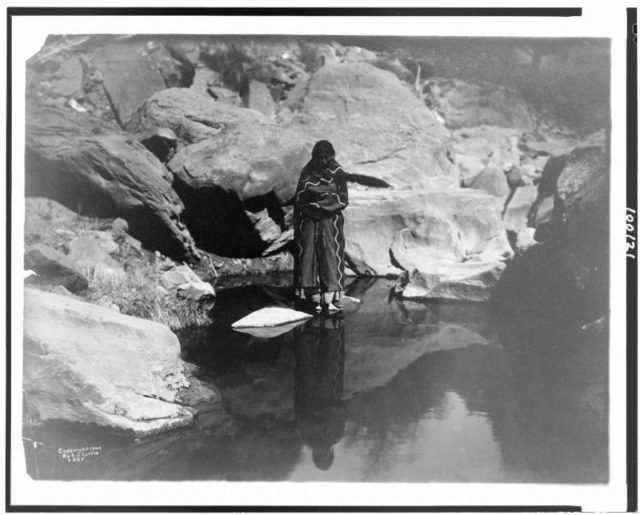
The habit adopted from the Spaniards of taking care of goats and sheep not only added their wool as a material for clothes but also a new type of meat to the Navajo menu. Rabbits, deer, prairie dogs, and other animals were all hunted for sustenance.
Navajo rugs were deemed particularly precious. They would be worn like a cloak in cold weather, and became a valuable trading commodity. Traditionally, mothers taught their daughters every step of the process, from cleaning the wool to weaving a perfectly symmetrical pattern.
Even to this date, hand-woven Navajo blankets and rugs are paid a high price.
Other Navajo arts include crafting jewelry. Turquoise is a favorite material due to its ceremonial value as well as aesthetic beauty. The beautiful combination of turquoise set in silver was begun by Atsidi Sani around 1865. The first Navajo silversmiths would melt down Mexican pesos and rework the metal into conchos and other Navajo jewelry.
The traditional Navajo home is a hogan, domed-shaped shelters made from wood that is covered in mud. One could enter the hogan only from the east, the place where the door was positioned. This was done so that the Navajo could always see the sunrise, and begin each new day with it.
